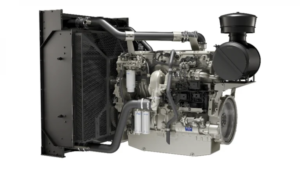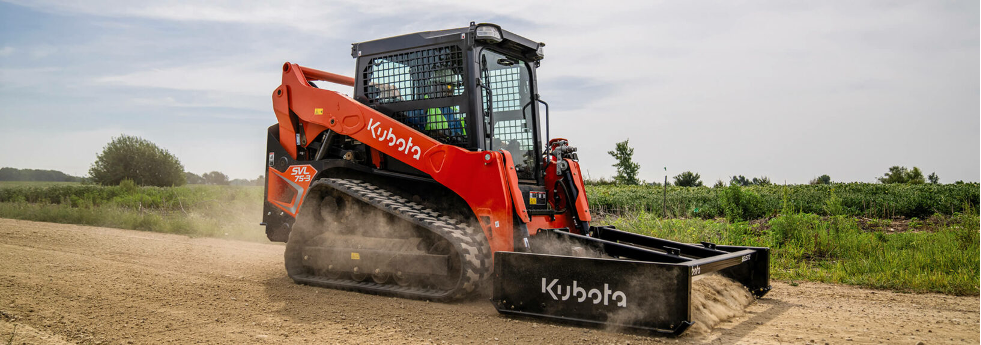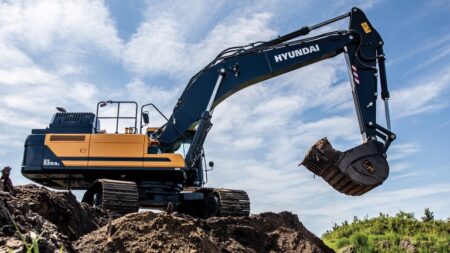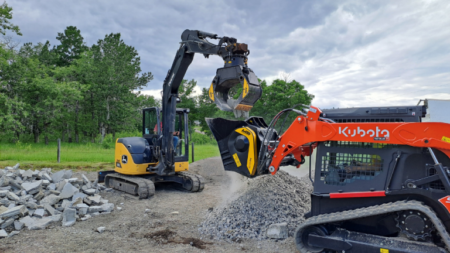Kubota has unveiled the new SVL75-3 compact track loader, a machine engineered to offer improved performance and versatility for operators across Europe.
Designed from the ground up to meet the demands of modern job sites, the SVL75-3 delivers capability in a compact and durable package.
At the heart of the SVL75-3 is a powerful 74 HP Kubota engine, delivering torque to tackle a wide range of tasks, including digging, grading, material handling, and dumping. This machine is built to thrive in the toughest environments.
The SVL75-3 features a one-piece, fully sealed, and pressurised cabin, designed to protect operators from dirt, dust, water, and debris while ensuring a clean and comfortable workspace. The cab offers a wide entrance, front sliding window for easy access, and ergonomically designed controls for maximum operator convenience. Six placed vents ensure optimal airflow for heating and cooling, while an elevated A/C filter maintains clean air circulation for maximum comfort.
A 7-inch LCD touch screen provides intuitive controls, keyless start functionality, and an integrated reverse camera, enhancing both convenience and safety.
With the auto-shift function, the machine operates more smoothly by automatically downshifting when approaching a corner and upshifting when back on a straight path, this also benefits applications like dozing.
Additionally, the machine features an advanced multifunction valve that ensures seamless hydraulic operation. This enables the operator to simultaneously control the AUX hydraulics, bucket, and loader arm without stalling.
The SVL75-3 can overcome these challenges:
• Rated operating capacity: 1,129 kg at 35% tipping load; (1,613 kg) at 50% tipping load.
• Bucket breakout force: 2,710kg
• Operating weight: 4,271 kg for closed cab.
• Travel speed: Low gear at 9.0 km/h; high gear at 13.7 km/h.
The SVL75-3 represents a new era in Kubota’s ever-growing portfolio, and it is one that will open many more opportunities across Europe, all while staying true to Kubota’s commitment to operator-focused design.
Read the full article here











